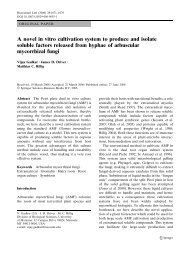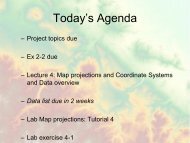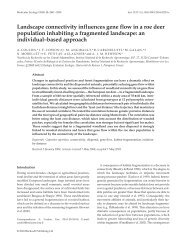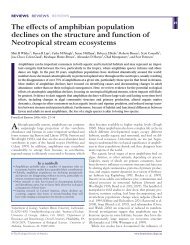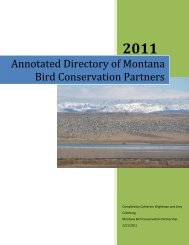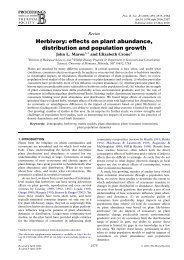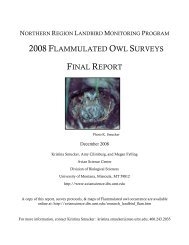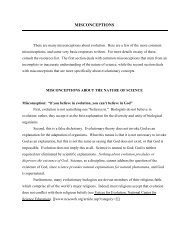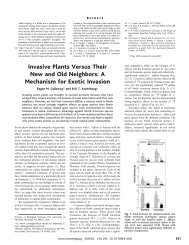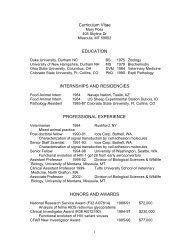Evolution of Antibiotic Resistance-Printable Format - Teach ...
Evolution of Antibiotic Resistance-Printable Format - Teach ...
Evolution of Antibiotic Resistance-Printable Format - Teach ...
Create successful ePaper yourself
Turn your PDF publications into a flip-book with our unique Google optimized e-Paper software.
Activity B) Research a Disease-Causing Bacterium—<strong>Teach</strong>er’s Guide<br />
Overview: Continue the investigation <strong>of</strong> the problem: bacterial resistance to antibiotics.<br />
Learning Objectives: Students will understand that resistance to antibiotics is a growing,<br />
very serious, public health problem.<br />
Class Time: 1 day<br />
Day 3: Assign research project, and help students begin researching their species.<br />
Background Information: “What are <strong>Antibiotic</strong>s?” and “<strong>Antibiotic</strong> <strong>Resistance</strong>”<br />
In this assignment, students will investigate the problem <strong>of</strong> antibiotic resistance on their<br />
own. They are assigned one species <strong>of</strong> bacteria to research: what disease(s) it causes, what<br />
antibiotic(s) have been used against it, and whether or not those antibiotic(s) are still<br />
effective. This is a very flexible assignment. It could be done as a group project or an<br />
individual assignment. It could be a written assignment and/or a short oral presentation<br />
(depending upon how much class time you have, and how it fits in your class). The<br />
worksheet “Research a Disease—Student Instructions” is just one suggestion for how to<br />
assign this project.<br />
Be sure to help students with how to conduct research. For example, give them reputable<br />
websites (see list below) and aid them in computer searches for articles. Tell them the<br />
difference between peer-reviewed, primary literature (journal articles), secondary literature<br />
(books and reviews <strong>of</strong> the primary literature), and websites (for the most part, non-peer<br />
reviewed, and should be taken with a grain <strong>of</strong> salt, unless it is maintained by a reputable<br />
organization). Also instruct students on how to cite references, both in-text, and at the end <strong>of</strong><br />
the paper in a “literature cited” section (see “A Brief Guide to the Literature”).<br />
Suggested bacterial species:<br />
Mycobacterium tuberculosis<br />
Staphylococcus aureus<br />
Enterococcus faecalis<br />
Pseudomonas aeruginosa<br />
Streptococcus pneumoniae<br />
Escherichia coli<br />
Streptococcus faecalis<br />
Web resources on antibiotic resistance:<br />
Alliance for the Prudent Use <strong>of</strong> <strong>Antibiotic</strong>s: www.healthsci.tufts.edu/apua/index.html<br />
Centers for Disease Control and Prevention: www.cdc.gov/drugresistance/index.htm and<br />
www.cdc.gov/ncidod/emergplan/antiresist/page_3.htm<br />
National Institutes <strong>of</strong> Health: www.niaid.nih.gov/factsheets/antimicro.htm<br />
Union <strong>of</strong> Concerned Scientists: www.ucsusa.org/index.html<br />
U.S. Food and Drug Administration: www.fda.gov/oc/opacom/hottopics/anti_resist.html<br />
World Health Organization: www.who.int/emc/amr.html



